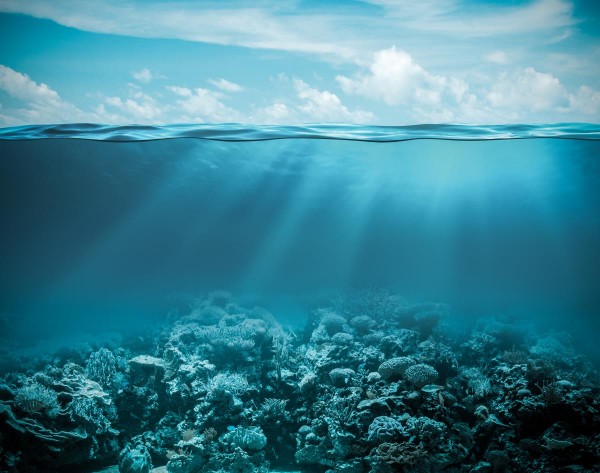Deep sea mining: discovery of 6 new species in unexplored hydro-thermal vents
01/04/2017 / By David Gutierrez

(NaturalNews) Six new animal species have been identified living near hot springs nearly two miles beneath the surface of the ocean, according to a paper published by researchers from the University of Southampton and the Natural History Museum in London and Newcastle, and published in the journal Scientific Reports.
Unfortunately, the poorly studied home of these newly discovered species is already slated for deep ocean mining.
The case highlights the great threat to ocean life posed by the up-and-coming industry of sea floor mining, the scientists warn.
Greenpeace has previously warned that though there are between 500,000 and 5 million unidentified marine species, the coming boom in deep sea mining places these creatures at risk of extinction before they can even be named.
Magnet for ocean life
The previously unknown animals were identified by a deep-diving remotely operated vehicle (ROV) that researchers were using to explore a region of the Indian Ocean known as Longqi (meaning “dragon’s breath”) about 1,200 miles southeast of Madagascar. The area explored is about the size of a football field and lies 9,200 feet (2,800 m) below the surface. It contains more than a dozen vent chimneys, mineral spires that rise as much as two stories from the ocean floor and eject hot fluid.
Deep sea hydrothermal vents are incredibly nutrient rich compared with the surrounding ocean. Thus, vent chimneys attract ocean animals from all around, to feed off the chimneys and off the animals that feed off the chimneys.
In addition to the six new species, the researchers also discovered a species of scaleworm known to live near Antarctic vents, and a species of ragworm known to live near Pacific vents 6,200 miles away. These discoveries show that vent animals are spread much more widely across the planet that scientists had previously realized.
Unfortunately, the Longqi area is also known to be rich in deposits of copper and gold, and has already been earmarked for mining.
“We can be certain that the new species we’ve found also live elsewhere in the southwest Indian Ocean, as they will have migrated here from other sites, but at the moment no-one really knows where, or how well-connected their populations are with those at Longqi,” lead researcher Jon Copley said.
“Our results highlight the need to explore other hydrothermal vents in the southwest Indian Ocean and investigate the connectivity of their populations, before any impacts from mineral exploration activities and future deep-sea mining can be assessed.”
Protection urgently needed
Scientists and environmentalists have been warning for some time that the deep sea is in need of protection from rampant mining and other industrial exploitation. The deep ocean plays important roles in many key functions for life on our planet, such as temperature regulation and gas cycling, and also provides habitat for millions of species that form the base of the planet’s food web. Yet only 3 percent of the oceans have any form of legal protection, and only 1 percent of the high seas. This makes the oceans that support all life some of the least protected parts of the planet.
More than 400,000 square miles of ocean floor have already been earmarked for mining by more than 16 countries. In a 2014 article in the journal Science, a group of ocean scientists warned that this industry could cause irreversible devastation if strong regulations are not put in place now.
They point to the fact that deep-sea trawling has already caused major damage to about one-fifth of the planet’s continental slope, perhaps irreversibly.
And a patchwork of international regulations means that even areas protected against trawling may not be protected against mining, and vice-versa.
The researchers highlighted other threats to deep sea life, including oil and gas development, land-based pollution and waste disposal. They note that vast segments of the ocean have already become a de facto dumping ground for toxic chemicals, sewage and radioactive waste.
Sources:
Tagged Under: deep sea mining, mining
RECENT NEWS & ARTICLES
COPYRIGHT © 2017 ENVIRON NEWS




















